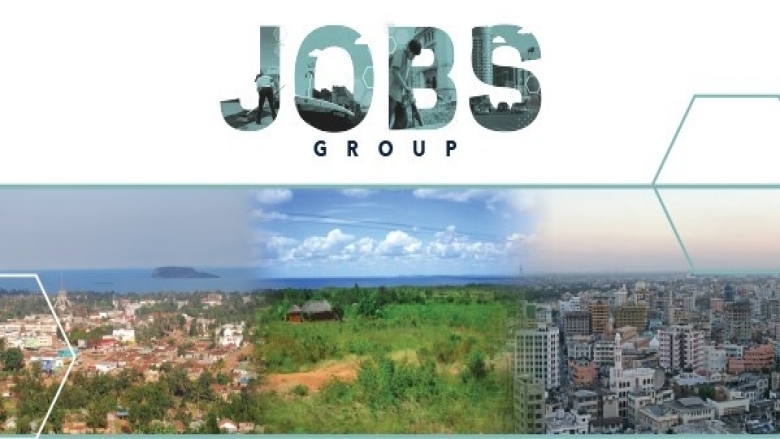
Conference jointly organized by Jobs Group, World Bank,
and Cornell University (Professor Ravi Kanbur)
It is now accepted that urbanization is (i) a defining feature of development, (ii) proceeding at a very rapid pace, and (iii) central to poverty reduction strategies. But the urbanization discourse tends to take place at an aggregative level, with the overall national rate of urbanization taking center stage, both as an outcome to be explained, and as a causal variable explaining growth, inequality and poverty. This obscures key analytical features of the urbanization landscape, and often narrows the policy debate simply to the issues relating to large cities. However, there is a growing recognition that the distinction between secondary towns and large cities is a central one for analysis and for policy.
Our central tenet is that the composition of urbanization is at least as important as its aggregate rate, for growth and for distribution. In particular, we wish to explore the key role of secondary towns, urban agglomerations far smaller than the usually focused upon large cities, megacities, or capital cities. What exactly is meant by a secondary town or a small town? How do they differ across a range of socio-economic indicators and in access to public services? How important are these smaller entities in explaining the rate of urbanization, economic growth and poverty reduction? What determines migration to secondary towns compared to large cities? What is the growth potential of secondary towns relative to large cities? How different are their distributional characteristics? Does growth in secondary towns create more jobs, especially for the bottom forty percent of the income distribution, compared to the growth of large cities? How should governments decide on the allocation of public investment across different sized urban agglomerations? What are effective policies to promote secondary town development? What can be learned from the history of urbanization in developed countries with regard to these questions? These are among the questions which motivated this conference.
Contact: Jennifer Jossell, Jobs Group, World Bank. Email: jjossell@worldbank.org
Last Updated: May 25, 2016